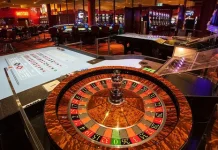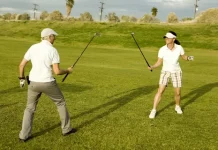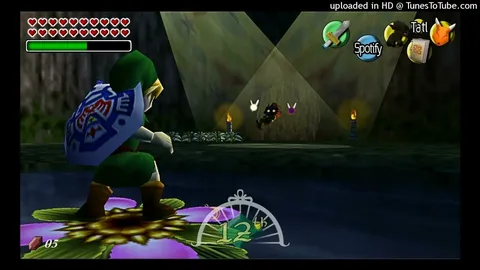Majorca is often painted in strokes of turquoise waters, bustling beach resorts, and lively nightlife. Yet, tucked behind the sun-drenched coastlines and postcard-perfect beaches lies a quieter, more introspective side of the island. It’s in the soft hum of cicadas across an olive grove, the dust rising behind an old tractor, and the fading colours of a hand-painted village sign. Here in Majorca’s forgotten countryside, time slows down — and that’s exactly where the island begins to whisper its most honest stories.
While many travellers flock to the beaches during their holidays to Majorca, the island’s heart beats strongest inland — in sleepy villages like Fornalutx, Alaró, and Costitx, where stone farmhouses and terraced fields speak of centuries-old rhythms on Spain holidays. These hidden corners offer an entirely different kind of adventure — one rooted in connection, simplicity, and the quiet joy of the present moment.
With companies like Travelodeal offering deeper and more soulful experiences beyond the coast, a journey through rural Majorca becomes not just another stop on your list of cheap holidays to Spain, but a way to truly connect with the land. Whether you’re travelling solo, as a couple, or in a small group, the countryside invites you to trade pace for presence and discover the layers of culture that don’t fit in a brochure.
Stone Villages and Timeless Traditions
As you venture away from the main roads, you’ll find villages that seem almost frozen in time. In Binissalem, life still revolves around local wine production — not for tourists, but for the community itself. Terracotta roofs and narrow streets hide family-run bakeries and timeworn tapas bars where generations have gathered. Conversations drift slowly from open doors, and laughter carries across courtyards where vines crawl up stone walls.
In the mountain village of Valldemossa, the quiet is almost sacred. The scent of almond blossoms floats through the air in spring, while church bells echo gently through the cobbled lanes. It’s easy to see why composers and poets like Chopin and George Sand found solace here. Their time in the village remains part of the collective memory, whispered through stories told over café con leche in sunlit plazas.
Walking Through Nature’s Memory
To explore the countryside is to walk through a living museum. Dry stone walls stretch across hillsides like delicate lacework, built by hand over centuries to tame the land. Ancient olive trees, gnarled and silvered with age, offer shade along footpaths that lead to hidden coves and forgotten wells. The Serra de Tramuntana mountains — a UNESCO World Heritage site — rise in dramatic contrast, holding secrets in their folds.
Walking or cycling these old routes offers more than just scenic views. It’s a meditative experience, where the rhythm of your steps aligns with the landscape’s quiet pulse. Farmers tending to their fields might wave as you pass, or offer a taste of homemade fig jam or fresh goat cheese. These small moments aren’t part of any tour — they’re gifts from a land that rewards those who move with intention.
Farm-to-Table, the Real Way
Food in Majorca’s countryside is not a trend — it’s a way of life. Meals begin with what’s available, not what’s trending, and most ingredients travel no more than a few kilometres to the plate. At family-owned agriturismos, you might dine on slow-roasted lamb, seasonal vegetables, and wine pressed from the vineyard outside your window. There’s no rush here — just a shared appreciation for nourishment and time.
Markets are a central part of rural life. In towns like Sineu, the weekly market is more than a place to shop; it’s a meeting ground for farmers, neighbours, and storytellers. Amid baskets of produce and handmade cheeses, you’ll find conversation as rich as the food itself.
The Art of Moving Slowly
In a world of packed itineraries and high-speed travel, Majorca’s countryside offers something radically different — the invitation to slow down. To listen to the land, to savour flavours, to see beauty in the ordinary. This isn’t the Majorca of glossy travel ads; it’s something far more enduring.
So next time you’re planning your escape, consider tracing a path through the heart of the island. The coast will always be there — but the soul of Majorca lies inland, waiting patiently for you to arrive at its pace.






















